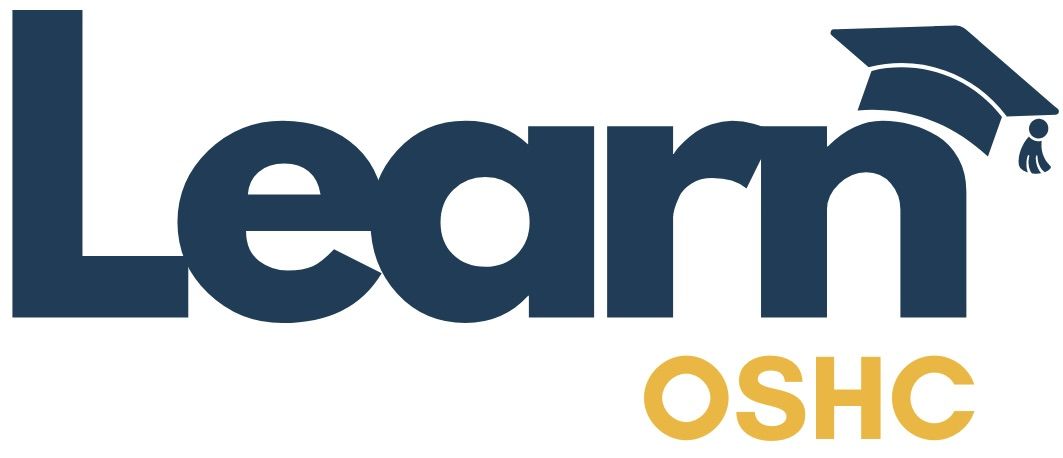In OSHC, the title “Educational Leader” means different things in different services.
Sometimes it’s a dedicated pedagogical role. Sometimes it’s part of a Coordinator or Responsible Person’s broader responsibilities. And in many services, it sits alongside the Nominated Supervisor (NS) or Service Leader role — juggling both the educational and the operational dimensions of leadership.
Whatever the configuration, one truth remains constant: Educational leadership in OSHC is about influence and impact — guiding practice, building capability, and creating a culture where learning and reflection thrive.
Under
Regulation 118 of the Education and Care Services National Regulations, every service must designate an
Educational Leader to lead the development and implementation of educational programs.
The National Quality Standard (NQS) strengthens this by recognising the EL’s role in promoting reflective, intentional practice:
• Element 7.2.2: The Educational Leader supports educators in reflecting on practice and the program.
• Element 1.2.1: Educators are supported to be intentional in their teaching and interactions.
Whether you’re an Educational Leader, Responsible Person, Nominated Supervisor, or a combination of these roles, your influence extends across both pedagogy and practice — balancing quality, compliance, and collaboration.
In OSHC, leadership isn’t always hierarchical.
Many Educational Leaders guide colleagues who might technically report to someone else or work under different rosters and shifts. For others, leadership authority comes with dual responsibilities — managing compliance, leading teams, and supporting reflective practice all at once.
That’s why effective leadership in OSHC is both relational and intentional.
It’s about knowing when to lead with authority (for compliance, safety, and regulation) — and when to lead through influence (for reflection, pedagogy, and growth).
Educational Leaders who are also Coordinator, RP, or NS often find themselves wearing multiple hats.
One minute you’re checking ratios; the next you’re mentoring an educator through a reflection on play and agency.Here’s how to hold both:
1. Clarify your purpose.
o Be explicit about when you’re speaking as the Responsible Person (compliance and safety) and when you’re engaging as the Educational Leader (reflection and pedagogy).
o It helps educators see that both lenses matter — and that quality relies on both.
2. Integrate educational thinking into operational tasks.
o Turn compliance routines into reflection opportunities.
For example: “How does our sign-in routine reflect children’s agency?”
3. Model learning through leadership.
o When educators see leaders reflecting aloud — asking “What did we notice?” or “What might we change?” — they learn that reflection is a shared habit, not an individual task.
4. Connect the dots.
o Use reflective discussions to link programming decisions with your QIP goals, compliance practices, and MTOP principles.
o This integration demonstrates that leadership, learning, and quality improvement are inseparable.
For some, the Educational Leader role doesn’t come with formal authority — you may not manage rosters or performance, but you still lead learning.
For others, your role does include formal authority as Nominated Supervisor or Responsible Person — giving you the opportunity to shape both compliance and culture.
In either case, leadership is less about title and more about trust and clarity.
• Without formal authority: Lead through relationships, curiosity, and collaboration. Model reflective conversations that spark others’ thinking.
• With formal authority: Use your positional influence to create the conditions for reflective practice — scheduling time, resourcing Professional Development, and embedding learning in your systems.
No matter your context, leadership in OSHC is a shared act. It happens in conversation, in planning, in quiet moments of reflection, and in every decision that shapes children’s experience.
Here are a few strategies to build confidence and capability in your leadership — whether you’re an Educational Leader, Nominated Supervisor, Service Leader or any combination of:
• Connect with other leaders. Join communities of practice or networks where you can share ideas and challenges.
• Use reflective tools. Journals, team discussion prompts, and coaching frameworks help structure reflection.
• Prioritise professional learning. Regularly link your development goals to the NQS and MTOP — and model lifelong learning for your team.
• Seek coaching. External coaching (like Learn OSHC’s OSHC Coaching Program) provides personalised support to unpack challenges, clarify priorities, and grow your leadership mindset.
When Educational Leadership is understood as both influence and responsibility, services flourish.
Educators feel guided, not managed.
Children experience consistency and purpose. And leaders feel confident that every part of their role — from rostering to reflection — contributes to quality improvement.
Because leadership in OSHC isn’t about authority alone — it’s about creating the conditions where everyone can lead.
